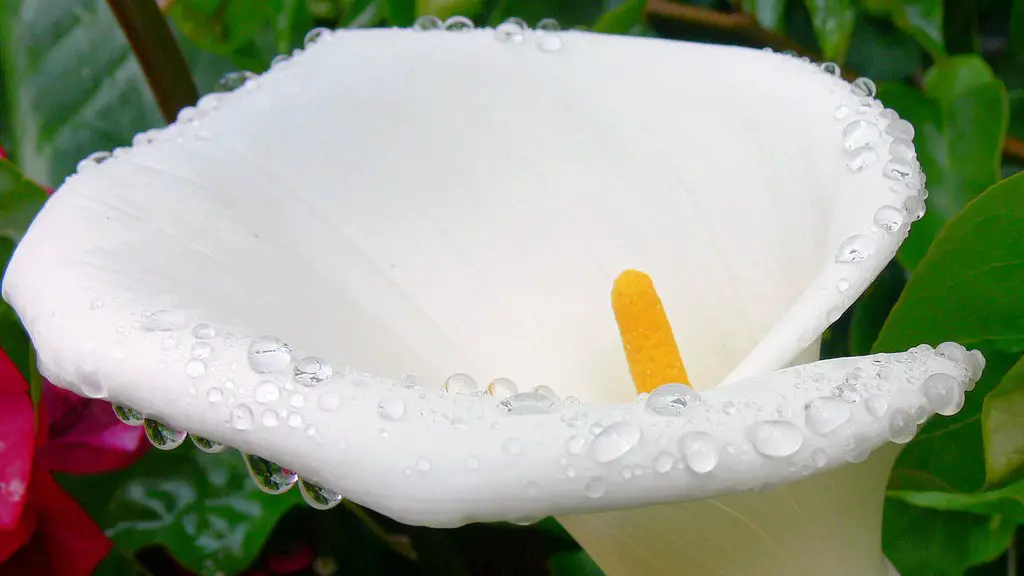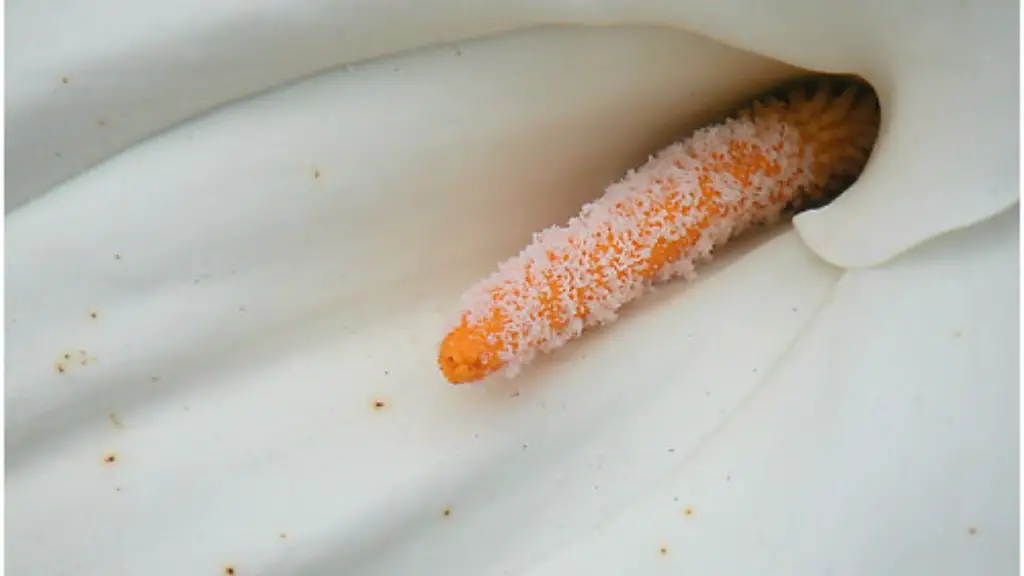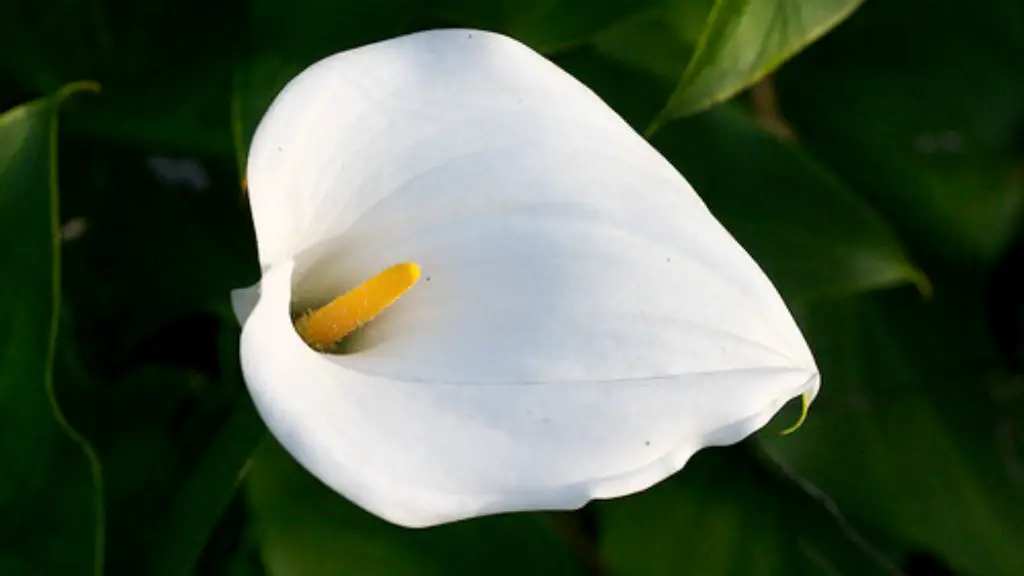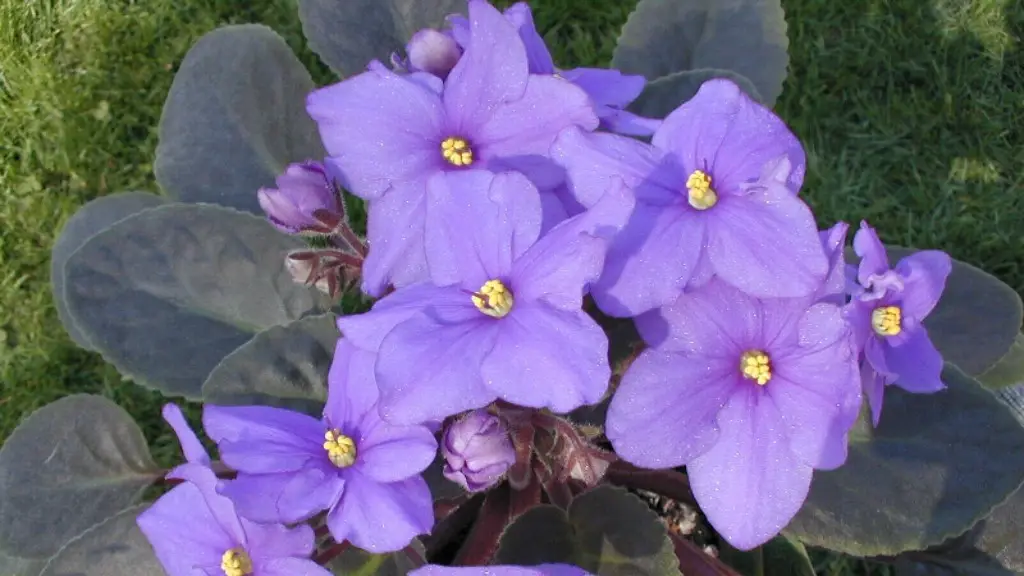Deadheading, or removing spent flower blooms, is an important part of calla lily care. By deadheading, you not only improve the appearance of your plant, but you also encourage new growth and blooms.
Yes, you can deadhead calla lily. To do so, cut the stem about 6 inches below the bloom.
When should you deadhead calla lilies?
Calla lilies are known for their unique blooming process. Unlike many other plants, calla lilies do not drop their petals when their flowers are done blooming. Instead, the flower begins to die and roll up into a tube. The outside of the tube often turns green. These spent blossoms on calla lily plants are done and have no purpose. They should be clipped off.
To keep your indoor calla lily healthy and blooming, follow these care tips:
Keep the soil moist, but not soggy.
Provide bright, indirect light.
Apply liquid fertilizer monthly while in flower.
Keep away from heating and A/C vents.
Reduce watering when the plant enters dormancy (November).
Cut the leaves off at soil level once they’ve died.
What do you do with calla lily bulbs after they bloom
After the plant has finished blooming, the leaves of a Calla Lily will turn yellow and then brown. Once this occurs, prune the plant down to the soil and put it in a cool, dark area where the temperature is above freezing but no higher than 50°F (10°C) for 2-3 months. This will help the plant to rest and rejuvenate itself so that it can bloom again next season.
The best time to gather calla lily seeds is when the pods are yellow and soft to the touch. The pods will eventually reach a size of 2 to 5 inches, and they will become so heavy that they will bend the flower stalk to the ground. Once the pods are collected, the kernels can be removed and planted.
Do calla lilies bloom multiple times?
Calla lilies are a beautiful and long-lasting flower that can brighten up any space. Most varieties of calla lily go dormant in the fall and come back in the spring, meaning they can be enjoyed for many years. Depending on where they are grown, calla lilies can bloom from 6 to 12 weeks in late spring and throughout the summer. However, not all calla lilies bloom at the same time, so you may need to stagger planting them if you want continuous blooms.
If you want to keep your calla lilies year after year, it’s important to give them the proper care during winter. Store the dried rhizomes in a paper bag or wrap them in newspaper and keep them in a cool, dry place that stays around 50 degrees Fahrenheit. This will help ensure that your calla lilies will come back healthy and beautiful next year.
How often should you water your calla lily?
Too much watering can be detrimental to calla lilies, so it’s best to err on the side of underwatering, especially when they are first getting established. Once the rhizomes are established, they can handle being watered once a week or so, but during hot or dry periods, they may need to be watered more frequently.
Calla lilies are beautiful flowers that can add a touch of elegance to any garden. They are relatively easy to care for and can be grown in a variety of climates. One benefit of growing calla lilies in pots is that they will not become invasive. Calla lilies can naturalize and take over garden beds in their ideal climate, but container-grown callas are restricted to pots and cannot become invasive. This makes them a great option for those who want to enjoy the beauty of calla lilies without having to worry about them taking over their garden.
How long do potted calla lilies last
The plant usually blooms for about six weeks during the late spring and early summer but may bloom at any time when indoors. Keeping the plant root bound encourages more flowers.
Calla lilies are quite easy to control when it comes to spread. These plants spread by multiplying and creating other bulbs, but the bulbs can be dug up and replanted in different locations. This makes it easy to keep the calla lily population in check.
Do you cut calla lilies down for winter?
Calla lilies (Zantedeschia spp) are tender perennials. Their rhizomes must be dug up in fall and stored indoors over the winter months. After a killing frost, cut off the foliage 1 to 2 inches above the soil surface.
Just as with most other perennials, you can save your calla lily plant and enjoy it for years to come. With proper care, including regular watering and fertilizing, your plant will reward you with blooms each spring. So don’t throw it away after the flowers fade – save it and enjoy it for years to come!
What do you do with the seed pods from calla lilies
The Calla lily produces tan seed pods after flowering. Collect the pods after they dry on the plant, remove the seeds from the pod, and store them in an airtight container in a cool area until spring planting.
Growing calla lilies is easy and they are tolerant of a wide range of soil and light conditions. They are best divided in spring, especially in warm climates where they can be left in the ground year-round. In cooler areas, it might be best to divide the rhizomes in late summer or fall when you dig them up for winter storage.
How far down do you cut calla lilies?
Pruning of calla lilies is necessary to remove dying flowers and stems. The best time to prune is in the late fall when the plants begin to die back.
If you are growing calla lilies in a warm climate, they will do well in either full sun or partial shade. However, in cooler areas they will grow best if they are in full sun. Calla lilies are winter hardy in zones 8-10. In colder areas, they can either be grown as annuals or can be dug up in the fall and stored indoors for replanting the next spring.
Do calla lily bulbs spread
Calla lilies are most commonly propagated by dividing the rhizomes, or by collecting and replanting the offsets that form around the parent plant. Calla lilies can also be propagated by seed, although this is a less common method.
When dividing rhizomes, it is important to replant them immediately, as they will quickly begin to deteriorate out of the ground. Each section of rhizome should have at least one eye, or growing point. Offsets can be replanted without much prep work, simply choose a spot and dig a hole slightly larger than the offset. After replanting, water well and keep the soil moist until plants are established.
If you’re growing calla lilies, it’s important to make sure that their roots don’t sit in water. Too much moisture can cause the roots to start rotting, as well as contracting other diseases. This will eventually cause the leaves to wither and the plant to die.
Warp Up
Yes, you can deadhead calla lilies.
If you want to keep your calla lily looking its best, you should deadhead it regularly. Deadheading is simply the process of removing the spent blooms from the plant. This will encourage the plant to produce more flowers and keep the foliage looking healthy.





